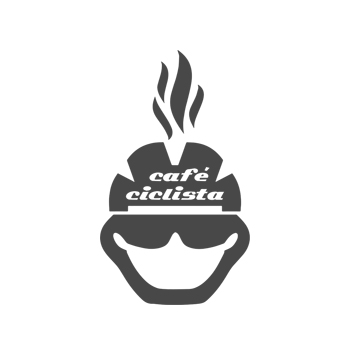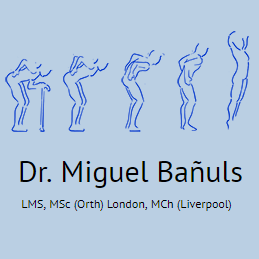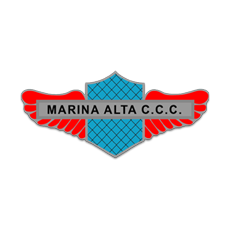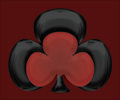Web design is an essential skill in the modern digital landscape, where a compelling online presence can significantly influence success. As a beginner venturing into the world of website creation, you may feel daunted by the myriad of beginner web design tips available. However, mastering the art of responsive web design and employing effective UI/UX design tools will not only enhance your creative expressions but also cater to the needs of your audience. User-centered design principles will guide you in crafting sites that resonate with users, making their experiences seamless and enjoyable. This article is designed to equip you with the foundational knowledge and actionable insights necessary for your journey into learning web design.
Diving into the realm of website creation offers a universe of possibilities where aesthetics meet functionality. Whether referred to as digital interface design or online experience crafting, it encompasses the thrilling journey of shaping immersive, engaging spaces that captivate users. By embracing foundational techniques and familiarizing yourself with versatile design resources, you lay the groundwork for transforming your ideas into tangible web experiences. As you explore the intricacies of layout strategies and responsive frameworks, keep your focus on nurturing a welcoming atmosphere for visitors. Armed with essential knowledge and creativity, your path towards mastering this artistic and technical domain becomes a beautiful adventure.

Embarking on the Adventure of Web Design
A novice’s journey into web design resembles an artist standing before a blank canvas. Every pixel and line of code can be a pathway to creativity, waiting to be uncovered. You may find yourself overwhelmed by a myriad of design languages like HTML, CSS, and JavaScript, but do not fret. Each language serves as a tool, carving out the structures and sensual dimensions of your virtual dreams.
In this endeavor, let the learning be as fluid as the rivers often depicted in art. Examples and tutorials peppered throughout the vast internet landscape will serve as your guiding stars. Websites like W3Schools and the Mozilla Developer Network stand tall as beacons of knowledge, illuminating the intricate paths of coding. Dive into these resources and take your first strokes; the masterpiece of your portfolio awaits!
Crafting Designs with Innovative Tools
As your journey progresses, akin to a sculptor shaping clay, you’ll find that the tools you use can influence the elegance of your creation. Tools such as Figma and Adobe XD are not merely instruments; they enable a dance of design collaboration. Comprehend their functions beyond clicking and dragging as you mold images into wireframes and prototypes that embody your vision.
These platforms not only facilitate the practical sides of design but also invite a community of creators into your workspace. The sharing of ideas and receiving feedback is essential, for a single spark can ignite a forest of inspiration. Embrace the collaborative spirit these tools foster, and let your designs resonate with the thoughts and dreams of others!
The Dynamic World of User-Centric Design
In the realm of web design, understanding user-centric design is akin to the compass that steers your journey towards meaningful experiences. Embracing the needs and desires of users will lead you to create web spaces that resonate with their journeys. Imagine your design not just as a visual feast but as a bridge connecting users to their goals.
To construct this bridge, immerse yourself in usability testing and feedback loops. Resources from the venerable Nielsen Norman Group offer wisdom beyond mere trends; they reveal the heart of what it means to design with empathy. By listening to your users, you can sculpt interfaces that are not only captivating but profoundly functional.

Final Thoughts on Your Web Design Journey
As you conclude your journey into the captivating world of web design, take a moment to reflect on the invaluable lessons learned along the way. Every beat of your learning rhythm should meld education with practice, allowing you to craft not merely sites but experiences that resonate with users. Embrace these pivotal nudges:
– Build a robust foundation with HTML, CSS, and JavaScript to ensure the backbone of your designs is solid.
– Embrace design tools like Figma and Adobe XD to transform your ideas into playful mockups, showcasing your visions with flair.
– Cultivate an understanding of responsive design to provide users across all devices with an exquisite, seamless experience.
– Prioritize the user in every decision, weaving their needs into the very fabric of your designs for greater impact.
In this digital canvas we navigate, maintaining a dynamic and evolving mindset stands paramount. As web design trends metamorphose, staying connected with community resources will fuel your creative fire. Propel yourself forward by:
– Engaging in online learning platforms, feeding your knowledge with structured courses that guide you like a well-written script.
– Participating in community forums, amplifying your voice by sharing experiences and wisdom, thus crafting a collaborative narrative.
– Investing in project-based learning, turning theoretical tales into practical stories that add layers to your portfolio.
The tapestry of web design is woven with threads of creativity, user-centered thinking, and technical prowess—dare to intertwine them as you chart your unique path.















